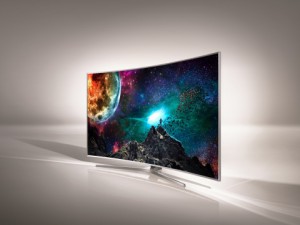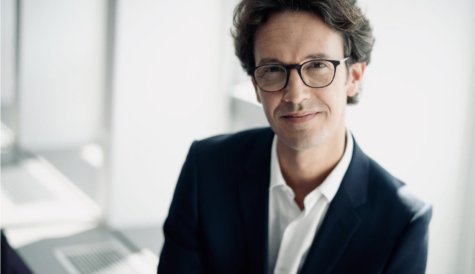
After more than 40 years of operation, DTVE is closing its doors and our website will no longer be updated daily. Thank you for all of your support.
DVB embraces HDR with next-phase Ultra HD TV requirements
The DVB has approved commercial requirements for the next phase of Ultra High Definition television, opening the door for HDR and other new capabilities to be introduced from 2017.
In what it termed as a “major milestone for television” the Digital Video Broadcasting (DVB) group reached an agreement on the requirements for a ‘UHD-1 Phase 2’ delivery format – an update to the DVB UHD-1 Phase 1 system it developed in 2014.
DVB UHD-1 Phase 2 will include the capability to provide images with a high dynamic range (HDR) – a move that its expected to bring about a “major potential gain in image quality”, according to the DVB.
Other new features that may be available as part of the same timeframe are ‘Next Generation Audio’ and higher frame rate (HFR) – however, the DVB cautioned that the development of TVs with HFR may take longer and could therefore follow “several years after”.
“This is a major achievement for DVB and the television industry. We now have a plan for the evolution of television into the age of Ultra High Definition Television. It’s an exciting future that will bring a new quality of experience to television,” said DVB chairman, Phil Laven.
The DVB said it now has to translate the new UHD-1 Phase 2 commercial requirements into a technical specification, which will then be submitted to the European Telecommunications Standards Institute (ETSI) to be standardised.
The specification is expected to be finalised next year, with the first DVB UHD-1 Phase 2 services then due to follow in 2017.
The DVB also said that the UHD-1 Phase 2 technical specifications should be backwards compatible with Phase 1 to ease the upgrade process for service operators.
The DVB project is an industry-led consortium of over 200 global broadcasters, manufacturers, network operators, software developers and regulators. The organisation aims to design open, interoperable technical standards for the delivery of digital media and broadcast services.
Separately, the DVB has confirmed Kevin Murray as the new chairman of its technical module.The move follows the retirement of the BBC’s Nick Wells from the role after three years.
Murrahy is system architect in Cisco’s service provider video software and solutions unit. He has served as chair for both the DVB Technical Module’s ad-hoc group on File Formats and TM-CSS (Companion Screen and Streams).
Murray said “I’m honoured to be taking over the role of DVB TM chair, particularly as I believe this is a very important time for DVB and our members’ businesses with the continued growth of IP delivery, the broadening of device types for content consumption, the increased power of devices and the potential of hybrid systems.”



